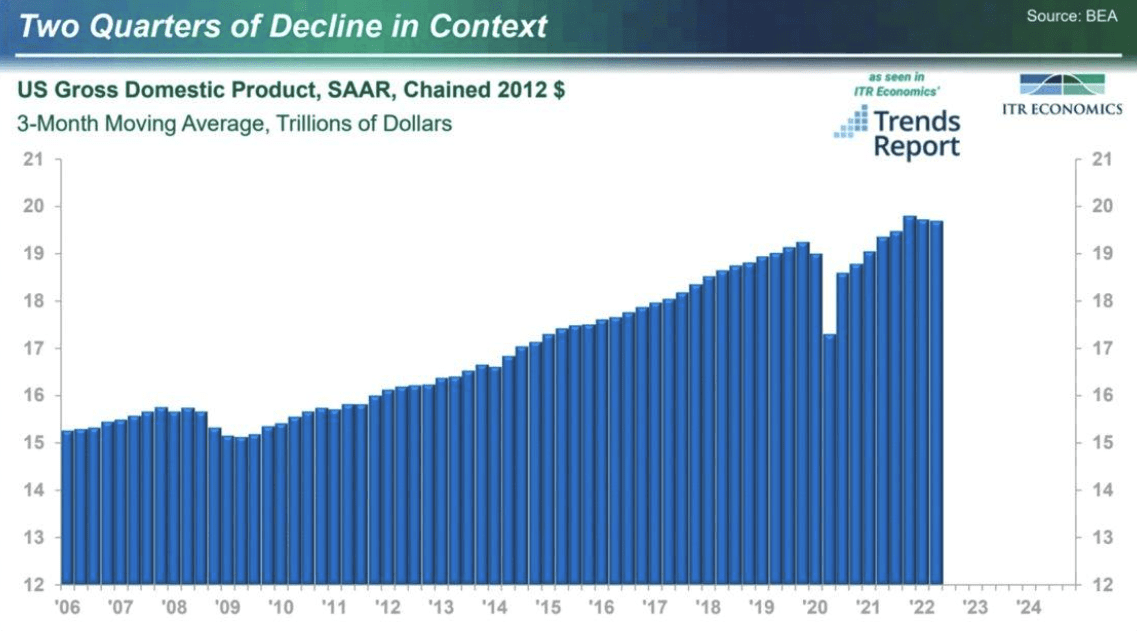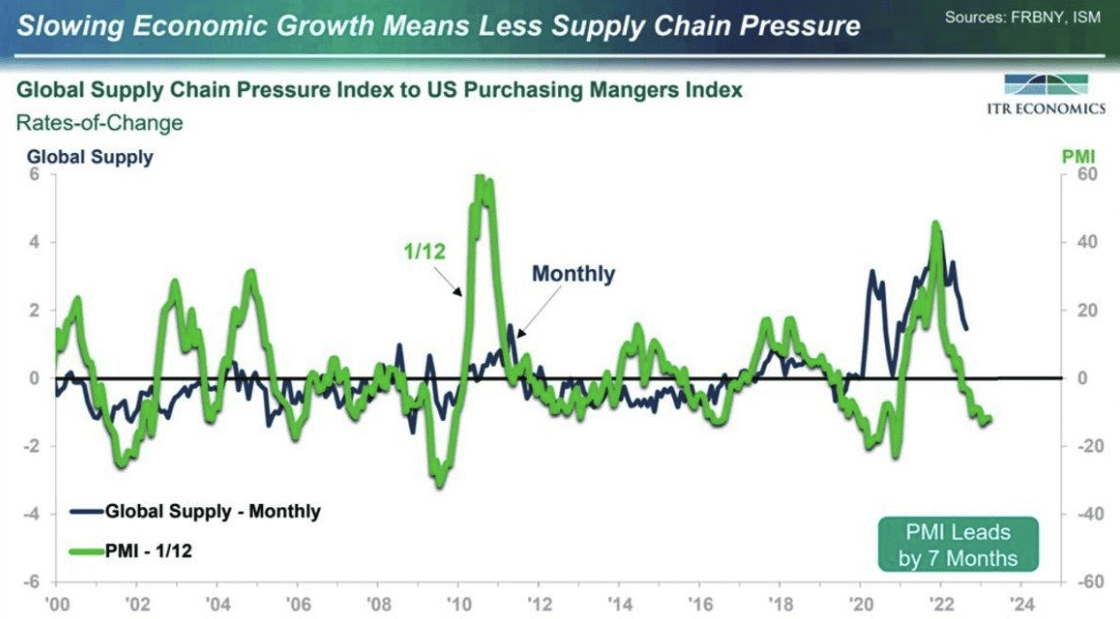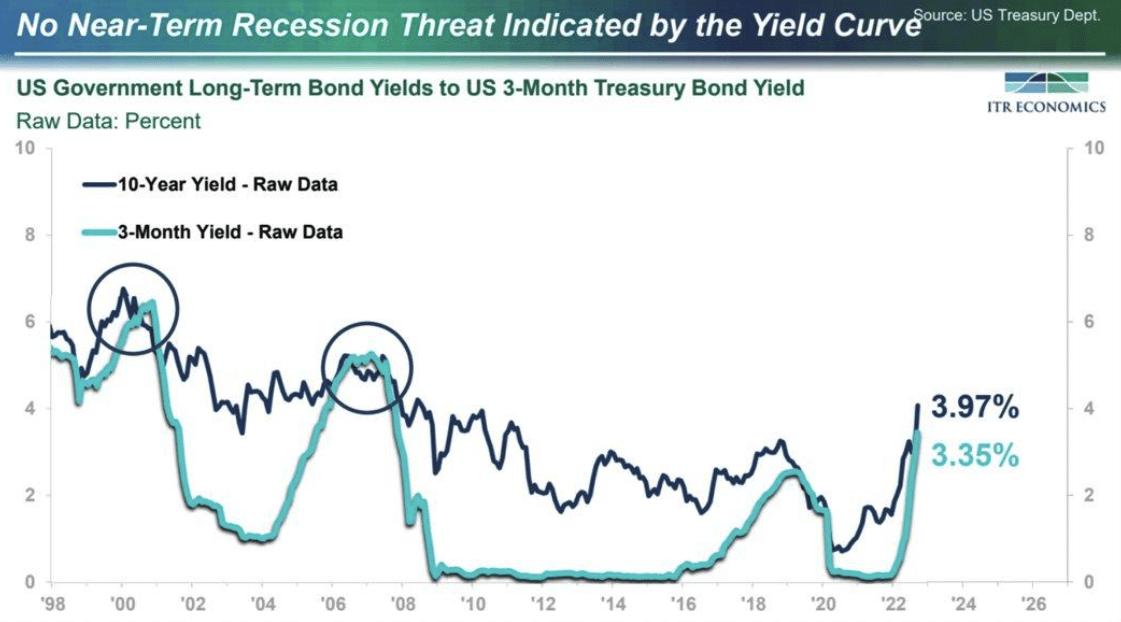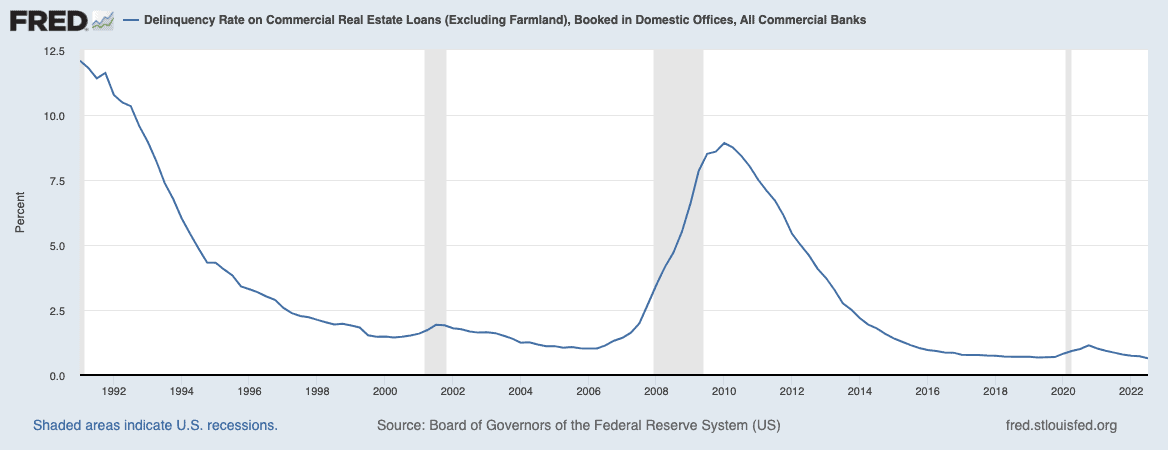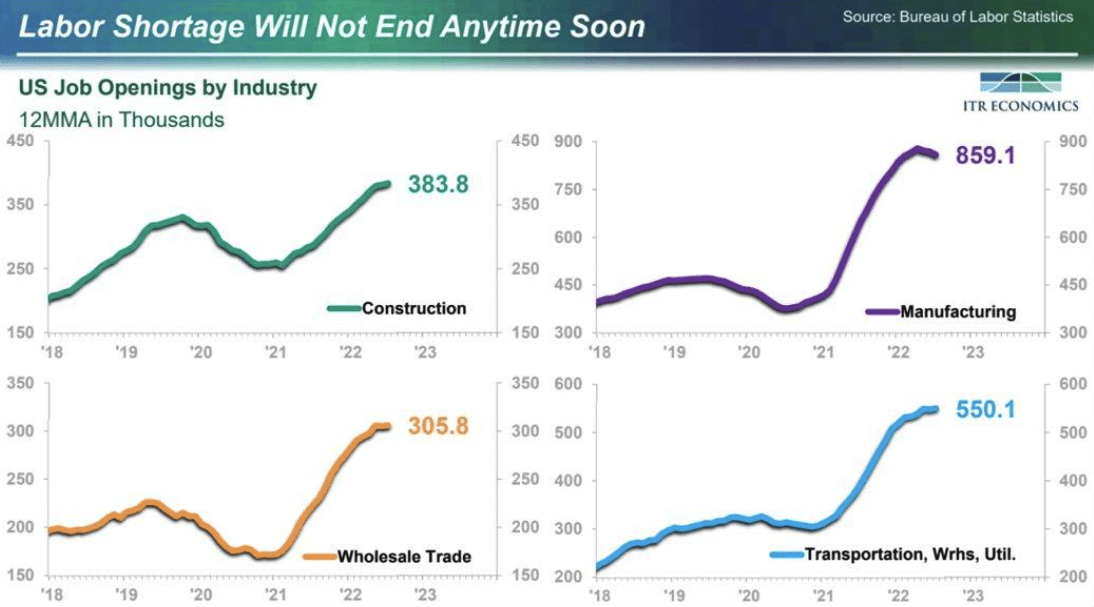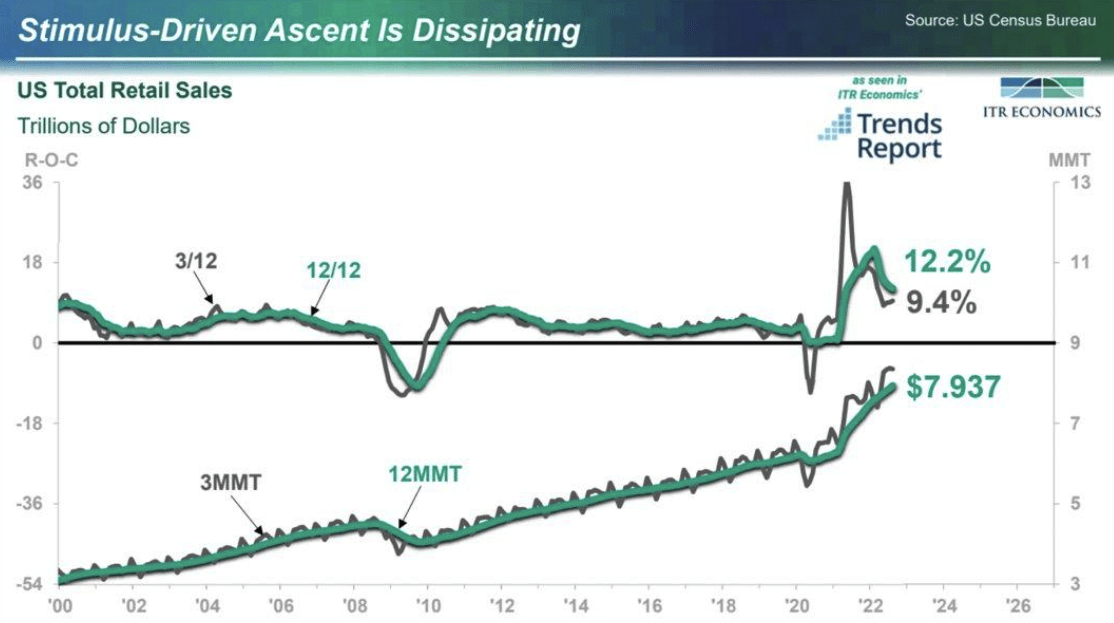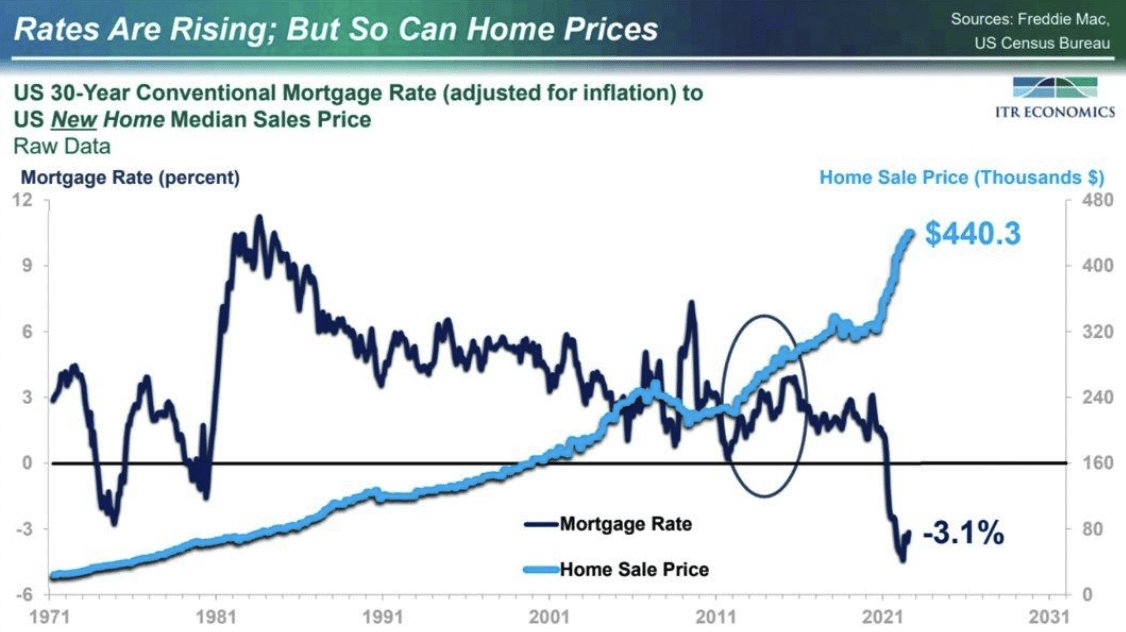
Real estate investors typically diversify their geographic footprint to reduce their overall portfolio risk profile. But what if investors dug deeper and proactively diversified their property-level rent roll to minimize risk exposure for a given asset? Multifamily owners could soften the impact of market downturns on their portfolio and potentially take a more bullish approach to other risk levers in the portfolio, such as leverage or geographic concentration if high conviction opportunities presented themselves.
Portfolio Theory
"A good portfolio is more than a long list of good stocks and bonds. It is a balanced whole, providing the investor with protections and opportunities with respect to a wide range of contingencies." - Harry Markowitz.
Portfolio Theory is a framework for investing. It states that if you combine assets with low or negative correlations, you reduce the overall risk of your portfolio. An example could be oil company stocks and airline stocks, which typically move in opposite directions as the price of oil changes (since oil is a significant expense for airlines).
Potential Multifamily Applications
Multifamily risks are likely higher than many investors realize. This asset class benefits from government-subsidized financing, which encourages higher leverage due to the lower interest rates. High leverage increases the risk profile of the investment, and when combined with higher pricing from the surge in investor interest in multifamily properties in recent years, the financial risk profile of multifamily is increasing.
Tenant rent roll curation can lower risk at the individual property level. For example, in an economic downturn, your property performance could be higher than the overall market or submarket (lowering your property's beta) because you, the owner, have proactively selected tenants that collectively reduce your risk profile. Your rents may still fall, but at lower rates than the submarket.
Additionally, the proactive tenant curation model can offer valuable insights into the risk profile of your tenant base, allowing for more accurate forecasting and portfolio-level risk assessments.
How It Works
Let's consider a multifamily property in Las Vegas.
Las Vegas was one of the most impacted markets during the Great Recession of the late 2000s. The employment loss was significant, and investors suffered from lower rents and decreasing values.
However, not all employment sectors fared equally.

Source: Bureau of Labor Statistics
The Education and Health sector (defined by the BLS) performed much stronger than the broader employment trend. The Education and Health segment never reached year-over-year negative job losses as the industry was insulated from the broader economic trends of the day. This sector comprised 10.7% of the Las Vegas employee market as of June 2022.
Property in Las Vegas (a highly cyclical market) with a high proportion of tenants from stable employment sectors should have improved performance compared to comparable properties with tenants from more volatile sectors.
Great. I’ll buy a property next to a medical center.
The Great Recession was one of the most severe recessions in recent times (before Covid-19) and could be a helpful benchmark in the absence of a global pandemic.
Yes, you can invest in an asset adjacent to a medical center where investors can benefit from these strong and stable employment trends. But market participants already know this - thus, the price will likely command a premium. Intuitively, many investors assume that medical or educational employers (like universities or hospitals) are anchor employers that offer growth opportunities and stabilize the surrounding job market.
Yes, you can acquire it, but you'll pay a premium for the luxury of tenants with stable employment bases.
There Is Another Solution – Remote Work
The Covid-19 pandemic has offered employers (and employees) an experiment in remote work. Millions of people are no longer geographically tied to their employers. From a real estate perspective, they have become free agents.
The distribution of these remote workers is still shifting as employees assess their options. According to McKinsey, an estimated 35% of employees can work from home five days a week, which offers the possibility of migration to a better lifestyle or financial opportunities.
Since remote workers are not tied to their geography, they can tap into the national remote labor market, which is much larger. Although data on the topic seems sparse (since it’s a new phenomenon), it seems possible that skilled remote workers could benefit from lower overall unemployment rates since their employment pool is deeper and more liquid.
We are likely at the beginning of an unprecedented sorting wave as the population assesses their options across national and international borders. Multifamily investors can take advantage of this process by targeting remote workers directly. They can use remote workers as the portfolio management tool to curate their rent roll and position it for success according to their goals.
How To Do It?
Organize your property to appeal to the target audience. Remote workers likely value the basic amenities, such as high-speed and reliable internet access, as well as community-focused amenities, such as expansive WeWork-style common areas, since they don’t have physical meetings with colleagues.
A disproportionate investment in amenities that appeal to the target audience is a solid signal to the target market that they are sought-after.
Additionally, financial incentives can be tailored to the target audience. For example, multifamily owners have long used tools such as preferred employer discounts to entice residents to rent their units. Unfortunately, these discounts are usually expensive (3% of gross rent) and lack precision (targeting only the largest employers in the area). Instead of ongoing discounts, upfront cash incentives can be used as a lower-cost option.
Much more can be done to attract and retain these targeted residents, and these ideas need to be crafted into a distinct marketing strategy.
The Potential Impact

The above example, based on Indeed.com job listing data (for Pre-Covid and May 2022), illustrates the potential diversification benefits of remote worker hubs at multifamily properties. The nationalization of the tenant risk profile from (9.4% to 40%) should reduce the overall risk exposure – possible without reducing the property’s Net Operating Income.
However, investors would not need to immediately target this proportion of units to the strategy to experience benefits. Instead, a step-by-step approach could be implemented with a handful of units being tested until the strategy has been proven.
The addition of high-income tenants who don’t rely on the local labor market can be used to bolster valuations. Additional monetization opportunities could be researched to capture a higher wallet share of the target tenant base.
Summary
Portfolio management can move from macro to micro through the proactive use of job category targeting across individual property rent rolls and overall diversification benefits from lower reliance on local labor markets. This curation can unlock significant additional value above and beyond the expected return from a multifamily property in that location (your beta).
We are in the early innings of remote worker sorting across the country. It will present opportunities for investors and workers to create more win-win dynamics as new needs are recognized and satisfied in the market.
Source: Multifamily Rent Roll Curation – Next Steps in Portfolio Management
https://www.creconsult.net/market-trends/multifamily-rent-roll-curation-next-steps-in-portfolio-management/
 [ux_text text_align="left"]
[ux_text text_align="left"]

